…or the indentation response of individual CNT junctions

Rice University scientists used a picoindenter to measure the stiffness of junctions in a nanotube “alphabet.” They determined its letters handle strain to varying degrees depending on their form. The image shows a few carbon “nano letters” created by graduate student Yang Yang.
Never mind the ABCs. Rice University scientists interested in nanotubes are studying their XYΩs.
Carbon nanotubes grown in a furnace aren’t always straight. Sometimes they curve and kink, and sometimes they branch off in several directions. The Rice researchers realized they now had the tools available to examine just how tough those branches are.
They used experiments and simulations to study the stiffness of joined nanotubes and found significant differences that are defined by their forms. It turned out that some types are tougher than others, and that all may have their uses if and when nanotubes are used to build macroscale structures.
The team led by Rice materials scientist Pulickel Ajayan and theoretical physicist Boris Yakobson named their nanotubes for their shapes: I for straight nanotubes, Y for branched, X for covalently joined tubes that cross, the lambda symbol (an upside-down “V”) for nanotubes that join at any angle and the omega symbol (Ω) for noncovalent tubes that bind through van der Waals and other forces.
The study was published by the American Chemical Society’s Nano Letters.
– See more at Rice News


 Rice scientists calculate tweaks to graphene would form phonon-friendly cones
Rice scientists calculate tweaks to graphene would form phonon-friendly cones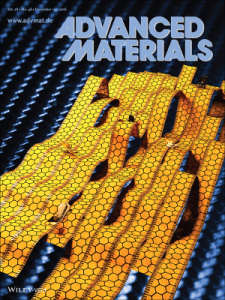 The
The 
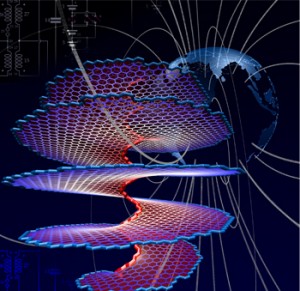 Henry Yu, a 4th year graduate student in the Applied Physics/MSNE program, has won 2nd place in the
Henry Yu, a 4th year graduate student in the Applied Physics/MSNE program, has won 2nd place in the 
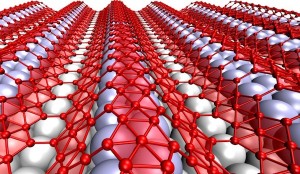 Though they’re touted as ideal for electronics, two-dimensional materials like graphene may be too flat and hard to stretch to serve in flexible, wearable devices. “Wavy” borophene might be better, according to Rice University scientists.
Though they’re touted as ideal for electronics, two-dimensional materials like graphene may be too flat and hard to stretch to serve in flexible, wearable devices. “Wavy” borophene might be better, according to Rice University scientists.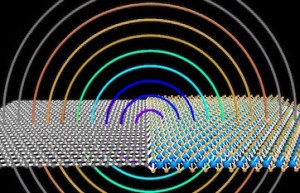
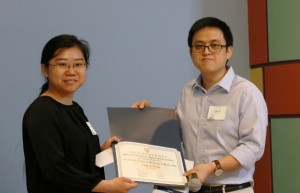 Department. To honor Franz R. Brotzen, the Stanley C. Moore Professor Emeritus of Materials Science and a former dean of engineering, this fellowship was established by David Lee Davidson and his wife, Patricia, and to support an endowed fellowship for graduate students researching in the area of materials science.
Department. To honor Franz R. Brotzen, the Stanley C. Moore Professor Emeritus of Materials Science and a former dean of engineering, this fellowship was established by David Lee Davidson and his wife, Patricia, and to support an endowed fellowship for graduate students researching in the area of materials science. Ken Kennedy Institute for Information Technology (April 13, 2016, 3-5pm,
Ken Kennedy Institute for Information Technology (April 13, 2016, 3-5pm, 
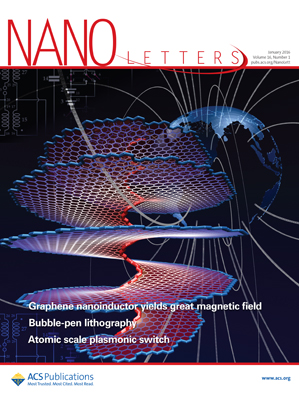 Graphene forms helicoids, akin to the mathematical
Graphene forms helicoids, akin to the mathematical 

